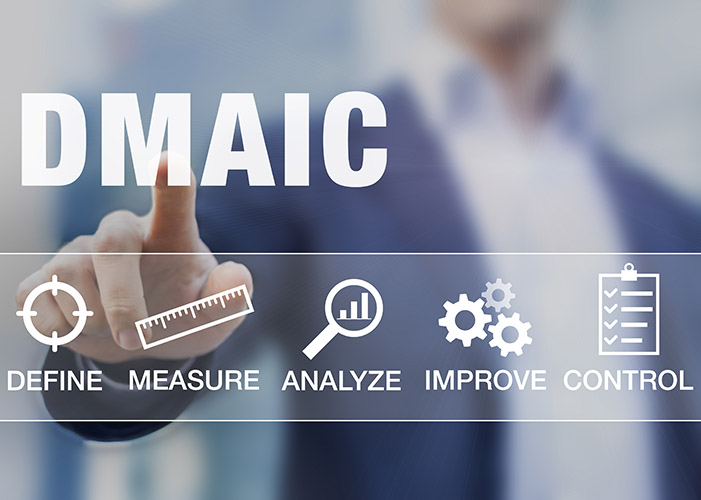The investment of using Six Sigma methods is great. Companies continue to benefit long after the Six Sigma project is completed.
Some of the costs of using Six Sigma professionals are general. These would include the office supplies, training, travel and support costs. The suggested project will have a budget that will include all of these plus salaries and other costs. The accounting department will usually put these expenses onto the record books of the departments receiving the Six Sigma benefits. The business will benefit overall, however, from any quality improvement plan suggested by a Six Sigma professional.
Companies must keep good track of their Six Sigma expenses to make sure they are benefiting from the solutions being implemented. Once Six Sigma professionals and expenses have been paid, the business should see a boost in profitability as customer and employee satisfaction increase. Higher quality items will be produced, requiring less product maintenance or replacement costs, reduced warranty costs and increased sales rates.

Employee satisfaction leads to less turnover, lower healthcare costs, greater employee productivity and better attendance. Customers enjoy the high quality of the products or services and will return for repeat business and recommending the company to everyone they know. This is one key element of improving sales rates and profitability within the business.
All of these will bring a higher profit to the organization after a Six Sigma plan has been completed and paid for. There are many ways that a Six Sigma plan can affect a organization overall, cutting costs in unexpected areas. In general, anything that cuts costs to the organization is beneficial to that organization. When a plan helps a organization avoid paying for work that’s done more than once due to initial errors, it has saved the business money.
Instead of letting men and women go, a plan might suggest cross training and allowing employees to expand their knowledge of the organization and its procedures. This allows the organization to spend less on training and insuring new personnel. It also gives the workers a higher sense of value in the organization, which in turn, encourages them to work harder and increase their personal productivity and quality.
Anything that a Six Sigma training program does to save the organization money will bring support for the plan. The company is always looking for ways to reduce costs but improve quality, satisfying both customers and employees.
Business Methodology Success of Six Sigma
Business grids are made up of companies and industries that are very familiar with the success of Six Sigma plans, projects and programs. Six Sigma trained pros learn Six Sigma Methodology, also referred to as the basic principles of the processes. The Methodology of Six Sigma training focuses on identifying the problems a company has with its processes and creates formulate to find and fix the problems.

Define, Measure, Analyze, Improve and Control or DMAIC is Six Sigma Methodology that when applied with approach and find a solution to any problems. Every solution will begin with defining what goals the project and customers have. Both external and internal projects goals as well as the customer goals will be examined. Measuring the goals of the project management and measuring the customers quantity needs is what Measure is good at.
Analyze will be for analyzing the options and the existing processes to help determine the cause of the problems. The corrective measures that will be taken to fix the problem must also be analyzed. Improve will be for improving the processes that are in question with the plan that has been formulated. Control will be for controlling the improvement of these processes so that they reach their full potential.
There is another methodology used by Six Sigma known as DMAVD. This is almost like DMAIC, in that the first three steps are the same. “D” and “V” represent Design and Verify steps that work very well. Designing a new process or process step is helpful in cutting out the problem area and replace it with a process that works well and eliminates the trouble. Verify is just to validate that the new design is working as it should and is the direct result of the first steps.
The DMADV methodology should be used for designing new products and services, according to the Six Sigma specialists. Of course, some specialists point out that the “I” in DMAIC is not so different from the “D” in DMADV and could be used in all the same applications. The Six Sigma methodology that you will use to improve on your own business processes will depend on what processes are being improved on and on personal wants or needs.
